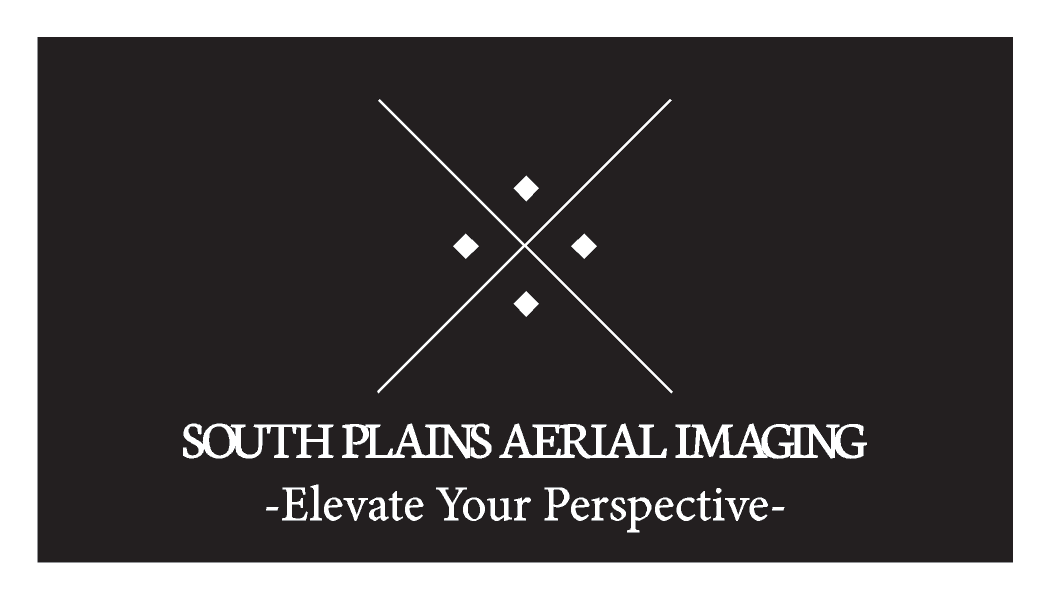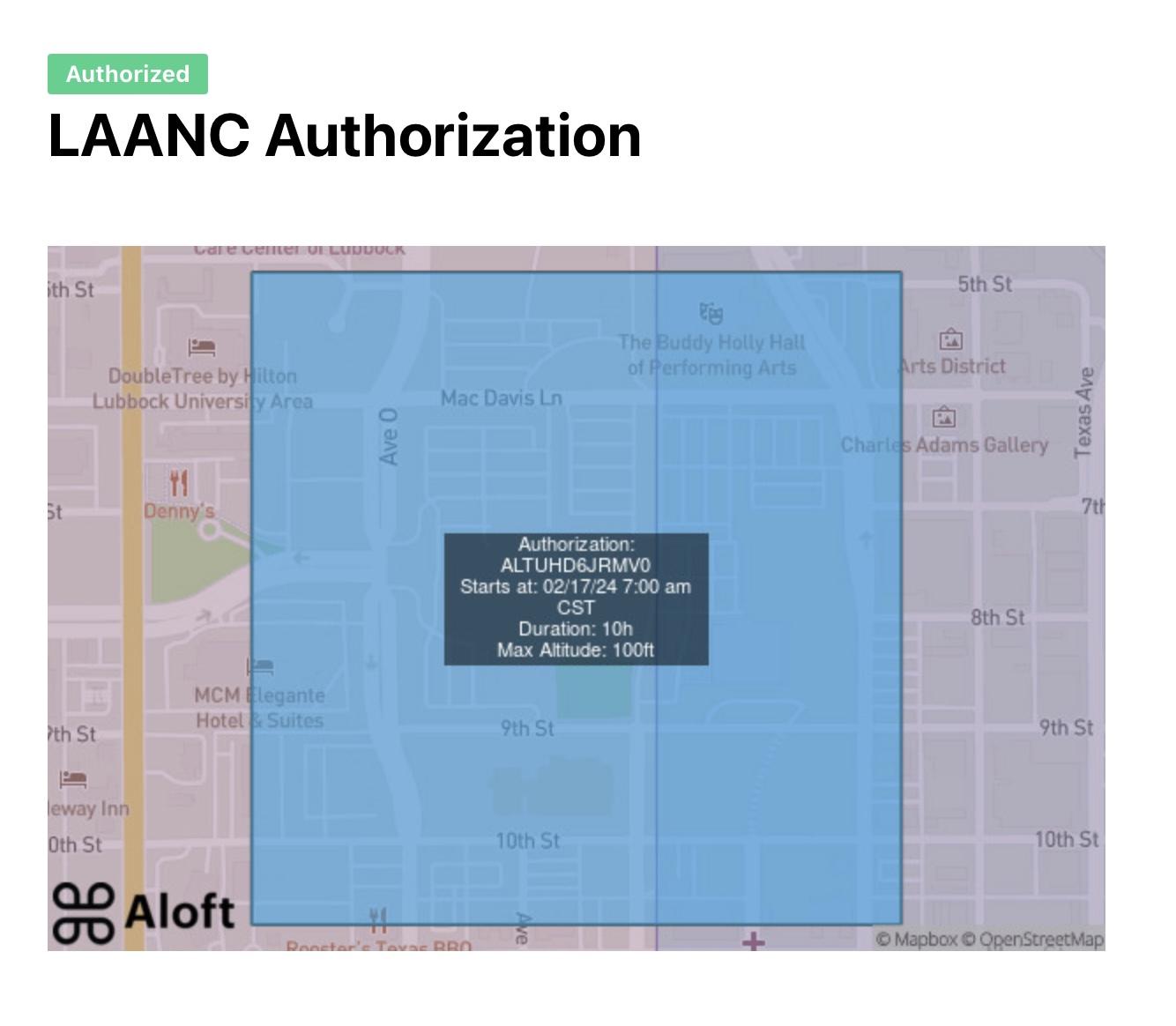Recent weeks have seen State Legislative Bodies introduce bills in an attempt to regulate airspace and aircraft operations over their territories. It’s important to understand who has authority over airspace and what rights states may have in restricting certain aircraft operations. Airspace is public use domain, and any citizen of the United States has a public right of transit through the navigable airspace.
49 U.S. Code § 40103 states that the Federal Government has exclusive sovereignty of airspace over the United States. The Federal Aviation Administration (FAA), was established to serve as the primary regulatory agency for the national airspace system, and to ensure the safety and efficiency of its daily operations. The FAA governs all aspects of civil aviation, including the operation of drones. While individual states may have interests in regulating airspace within their borders, it’s important to recognize that the FAA’s authority in this matter is supreme.
According to the Supremacy Clause Article VI, Clause 2 of the United States Constitution, Federal Law takes precedence over state law in cases of conflict. This principle extends to matters of airspace regulation, as airspace is considered a domain of interstate and international commerce. As such, any attempt by individual states to enact legislation to regulate airspace directly would result in that law being void and unenforceable. Any such legislation would by preempted by federal law due to the Supremacy Clause.
For drone operators, understanding the FAA’s airspace classifications is crucial. The airspace is divided into different classes, each with its own set of regulations and restrictions. Class G airspace, for instance, is uncontrolled and typically extends from the surface up to either 700 or 1,200 feet above ground level. This is where many drone operations occur, especially for hobbyists and commercial operators conducting low-altitude flights. However, as drones continue to gain popularity and airspace becomes increasingly congested, it’s essential for operators to be aware of the airspace classes above Class G as well. Classes B, C, and D airspace, which surround airports and other high-traffic areas, require communication with air traffic control (ATC) and clearance for drone operations. Similarly, Class E airspace, which encompasses controlled airspace not classified as A, B, C, or D, may also have specific regulations that drone operators must adhere to.
While the FAA holds exclusive authority over airspace regulation, individual states may still play a role in addressing certain concerns related to drones. For example, states can enact laws regarding privacy, trespassing, and other issues that may arise from drone operations. Yet, the laws enacted to “address these concerns” must not restrict or infringe on the authority of the FAA over airspace operations. Any legislative conflict that arises would void the state law under the Supremacy Clause of the United States Constitution.
Navigating the skies with drones requires a clear understanding of airspace regulation and the authority of the FAA. While individual states may have interests in addressing specific concerns related to drone operations, they do not have the legal authority to regulate airspace. As drone technology continues to evolve and airspace becomes more crowded, it’s essential for operators to stay informed and comply with federal regulations to ensure the safety and integrity of our national airspace system.

